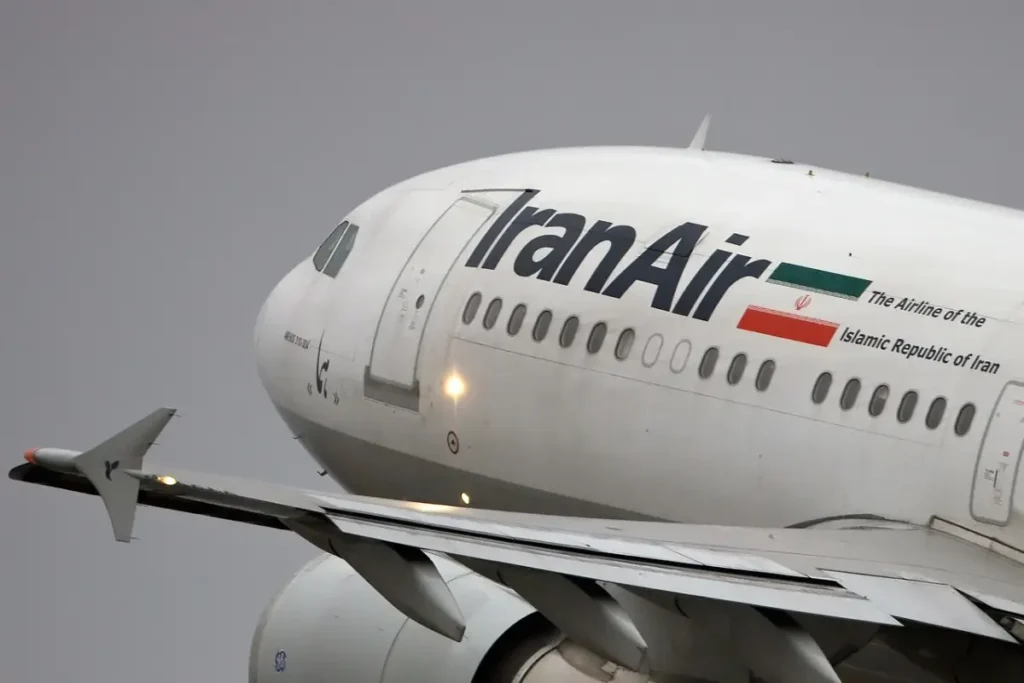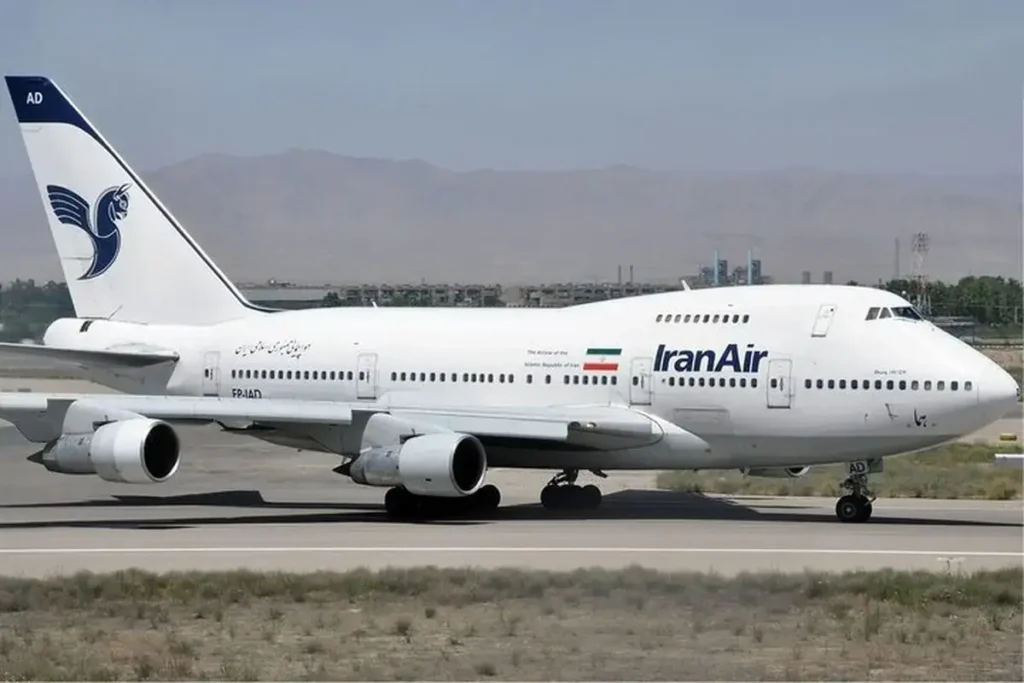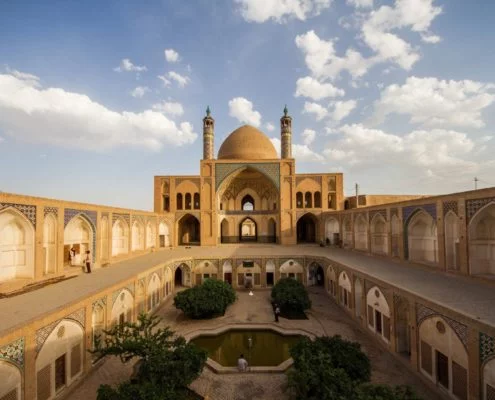When planning your trip to Iran, one of the first things you’ll notice while booking a flight is the choice between direct flights and connecting flights. This decision can affect your travel time, comfort, and even your total costs. If you’ve ever wondered which one is better for you, this guide will help you understand both types clearly. You’ll learn how each one works, what to expect during your journey, and what factors to consider before making a choice, so you can book your ticket with confidence based on your needs, schedule, and budget.
What Is a Direct Flight to Iran and Why It Might Be Your Best Option
A direct flight (also called a non-stop flight) takes you from your departure city straight to Iran—without changing planes. The flight number and airline stay the same from start to finish. In most cases, the plane does not stop at all. However, in rare situations, the plane may land briefly for refueling, but you won’t leave the plane, and your journey continues with the same aircraft.

For many travelers, direct flights are the most comfortable and easiest option. You don’t have to worry about catching another flight, moving between terminals, or carrying your luggage around. You simply board your plane, sit back, and arrive in Iran without delays in between.
Best for you if:
- You prefer comfort and a stress-free trip
- You’re traveling with kids or elderly people
- You want to save time and arrive quickly
Keep in mind:
Direct flights are usually more expensive. Also, they might not be available from all cities, especially if you’re flying from smaller airports.
If you’re curious about which airlines operate in Iran, check out our Guide to the Airlines of Iran to learn about major carriers, service quality, safety, and which ones are best for your travel plans.
What Is a Connecting Flight and When Should You Consider It?
A connecting flight means your journey is split into two (or more) flights. First, you fly from your starting city to a stopover city (called a transit airport), then after a short break, you take another flight to Iran.
These types of flights can be booked with one airline or with two different ones. If you’re flying with one airline but changing planes, it’s called an online connection. If you’re flying with two different airlines, it’s called an interline connection.
Best for you if:
- There’s no direct flight from your location
- You want to save money on airfare
- You don’t mind spending more time during your trip
Keep in mind:
- The wait time between flights (layover) can be 1 to 4 hours, and sometimes even longer
- Some countries may require a transit visa, especially for layovers longer than 4 hours
- You’ll need to move quickly between gates, so choosing a seat near the airplane exit can help
- It’s better to book both flights under the same ticket to avoid issues if your first flight is delayed
Transit Airports: What You Should Know Before You Book
A transit airport is the city where you stop between your departure and arrival in Iran. This airport plays a big role in your journey, especially if your layover is long. In some airports, you can rest, have a meal, or use facilities like lounges or showers. In others, services may be limited.
Tips for choosing a transit airport:
- Check if the airport offers good rest areas, food, and services
- Try to choose a flight with at least 2 hours of layover time
- Avoid very short layovers (less than 1 hour), especially in busy airports
- Check if you need a transit visa depending on your nationality
Also, for some connecting flights, you might need to change terminals or even go through security checks again, which takes time.
Flying to Iran from nearby cities? Explore our guide on Flights from Regional Hubs (Istanbul, Dubai, and Muscat) to Tehran to find out which routes are most convenient, how much they cost, and what to expect during your journey.
What Happens to Your Luggage on a Connecting Flight?
If you book your connecting flight as a single ticket (with one or two airlines), your luggage is usually transferred automatically from your first plane to your second. You don’t need to pick it up at the transit airport.
However, if you buy two separate tickets, you may have to collect your luggage and check it in again. This can be stressful, especially with short layovers.
Tip: Always try to book both flights under one ticket to avoid problems.

What If You Miss Your Connecting Flight?
If your first flight is delayed and you miss your second one, don’t panic—if your whole trip was booked as one ticket, the airline is responsible for helping you. They must find a new flight for you at no extra cost and give you priority to board the next available plane.
But if you bought two separate tickets with different airlines, the second airline might not help, and you may lose the ticket completely.
Tip: Avoid booking the last flight of the day. If anything goes wrong, you won’t have another chance to catch a new flight until the next day.
Planning a trip always comes with some “what ifs.” What if your plans change? What if your flight gets canceled? To avoid surprises, it’s important to understand how cancellations work in Iran. Read our full guide on Flight and Hotel Cancellation Policies in Iran to learn what you need to know before you book.
Is a Connecting Flight Always Cheaper Than a Direct Flight?
In many cases, yes. Connecting flights are often cheaper than direct ones because airlines try to fill less popular routes by offering better prices. However, keep in mind the extra costs:
- Buying food and drinks during your layover
- Transportation if you need to change airports
- Possible visa fees if your layover is long
Also, traveling with connecting flights takes more time and energy. So if saving money is your top priority, it can be a good choice, but it comes with trade-offs.
Looking to save money on your trip to Iran? Read our Top Tips for Finding the Cheapest Iran Flights, a complete guide that shows you when to book, where to search, and how to find the best deals without the stress.
Also, don’t miss our Comprehensive Guide to Iran’s Domestic Flights, it covers everything you need to know about routes, airlines, prices, and how to book flights across the country with ease.

Smart Tips for Booking Connecting Flights to Iran
- Always check the total travel time and layover duration
- Try to book seats close to the airplane door so you can exit faster
- Make sure the transit airport has clear signs and easy navigation
- Use smaller luggage that’s easier to carry between gates
- Avoid back-to-back separate flights; book everything together in one ticket
- Stay calm if flights are delayed; airlines usually manage rebooking
Check out our complete Guide to Iran Flights + Prices to learn about flight types, prices, and tips for finding the best deals.
Final Thought: Direct or Connecting – Which One Should You Choose?
If you’re looking for speed and comfort, and price is not a major issue, a direct flight to Iran is your best option. But if you’re traveling from a city without direct access to Iran, or if you’re looking to save money, a connecting flight can work just fine, as long as you plan ahead and allow yourself enough time between flights.
Whichever option you choose, now you know what to expect, and how to make the best choice for a smooth and enjoyable trip to Iran.
When it comes to booking your flight, Visit Our Iran offers a seamless online booking experience with competitive prices and real-time availability. We provide a user-friendly platform where you can easily compare options, book your tickets with confidence, and enjoy the best deals.
Need assistance or have questions? Contact us today, and let us help you plan your perfect journey to Iran!


